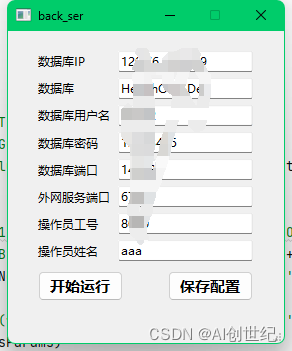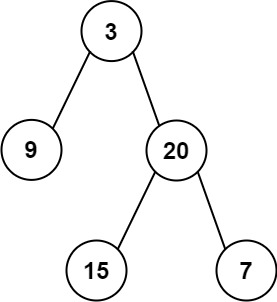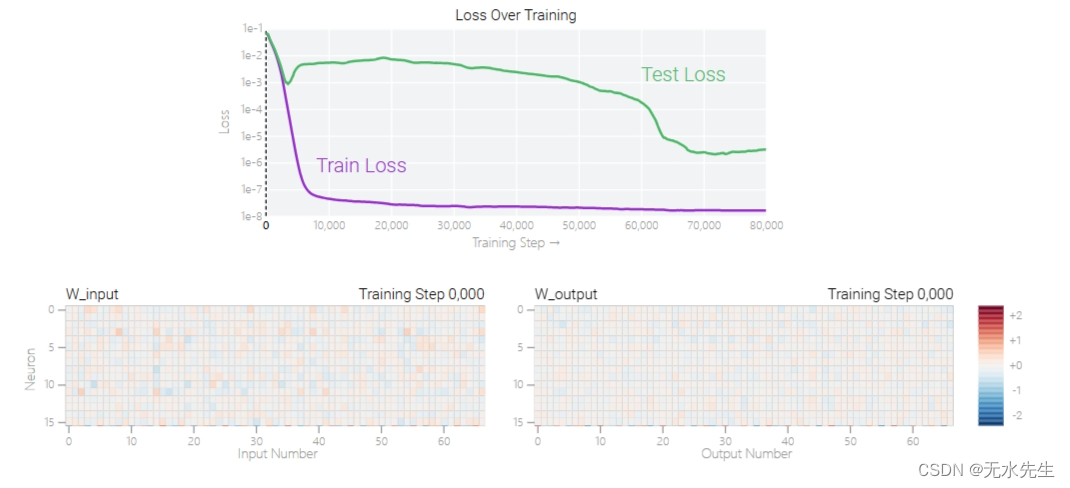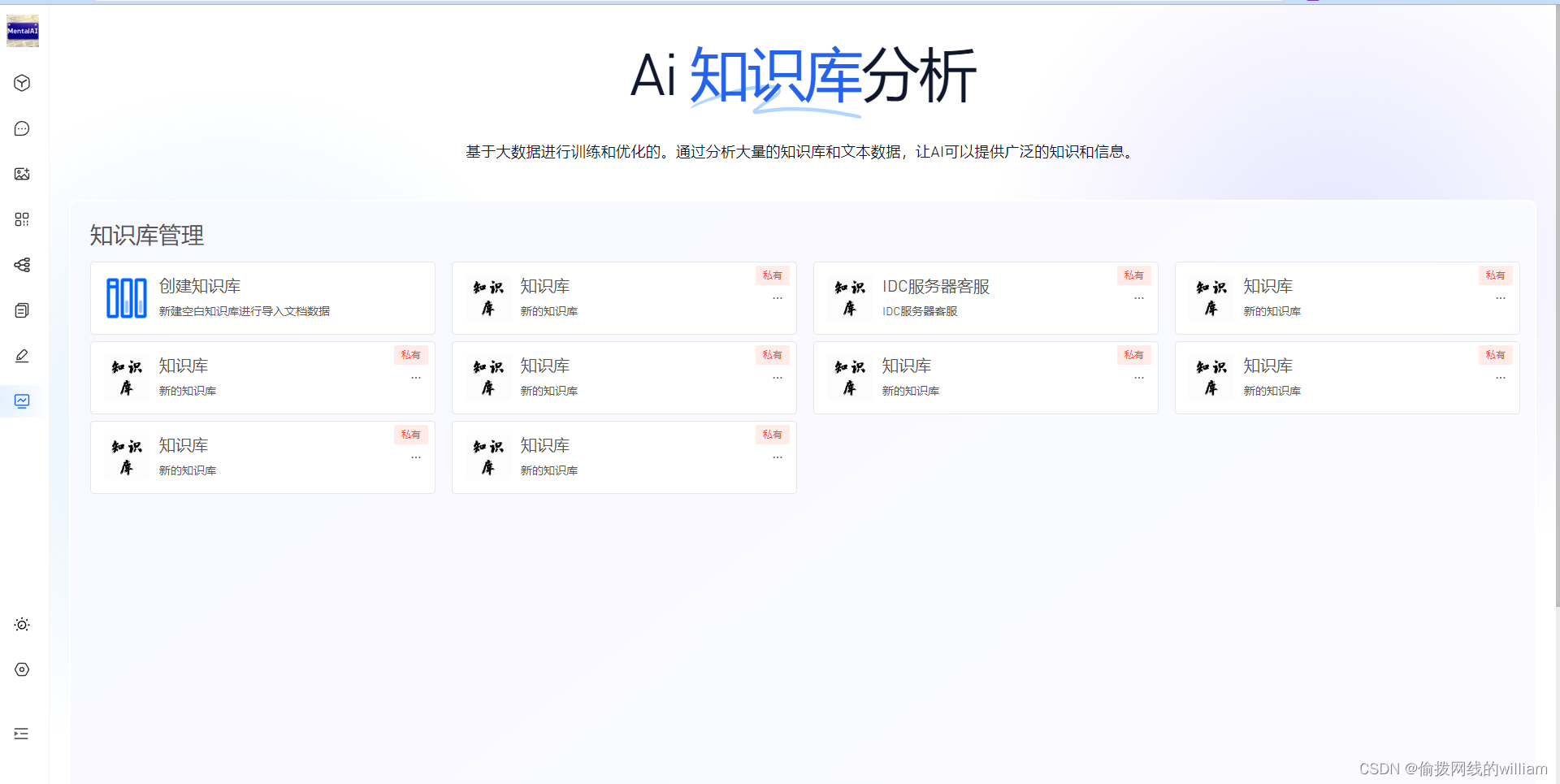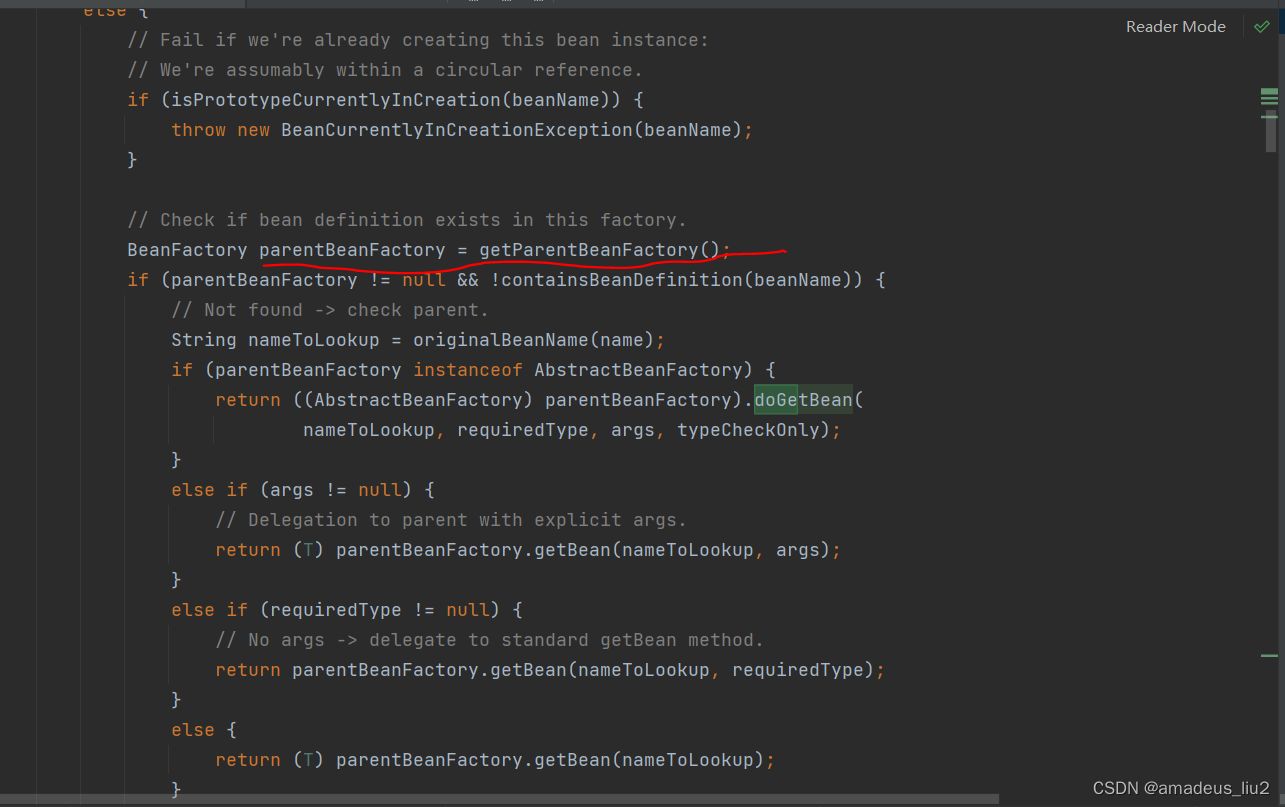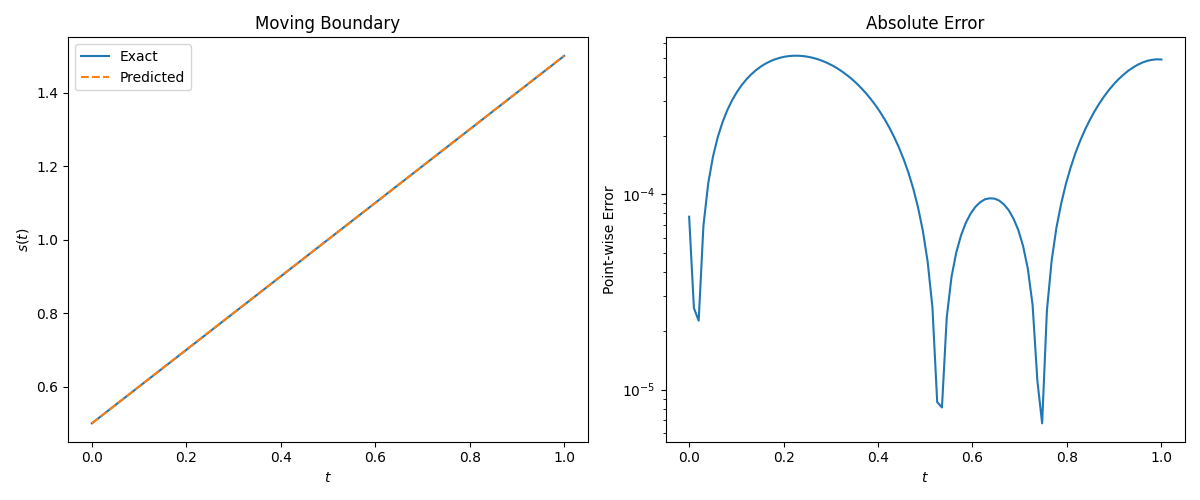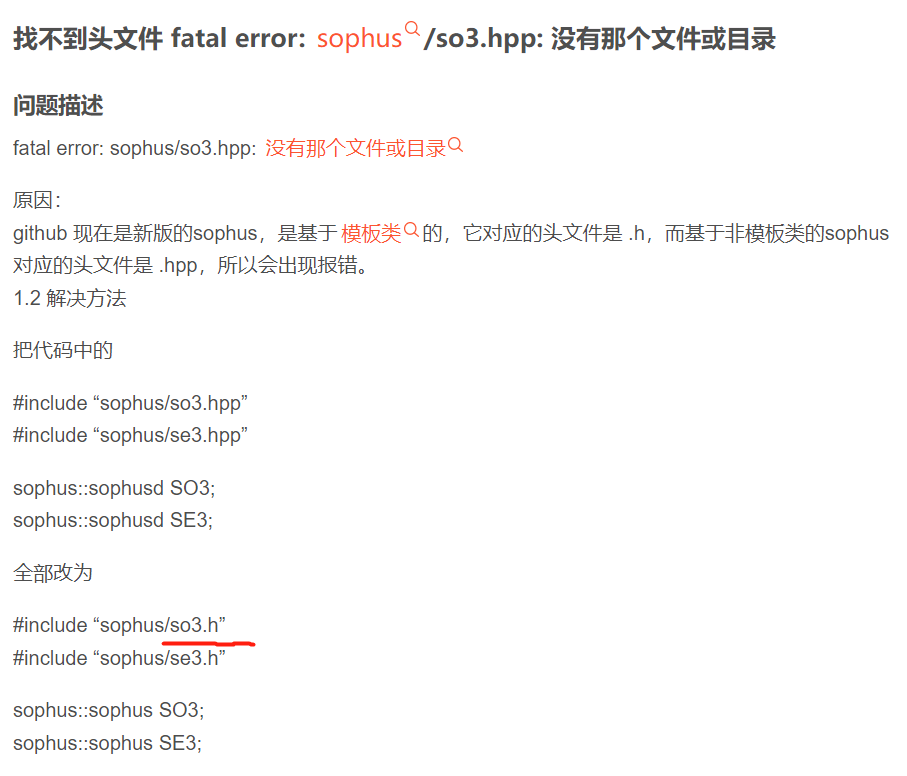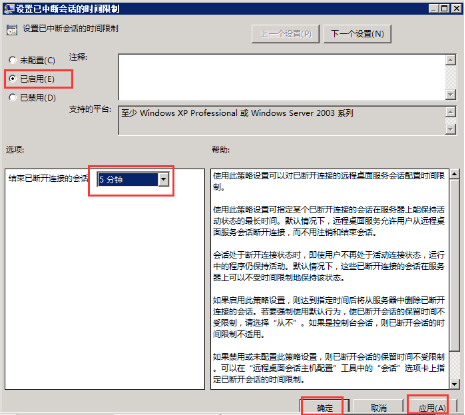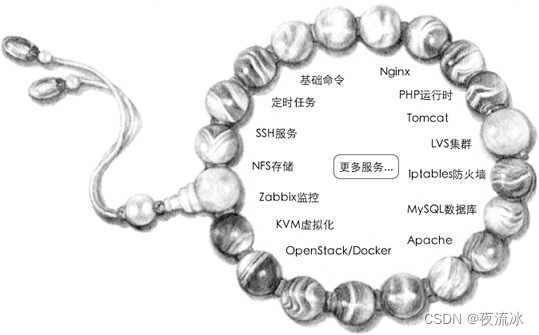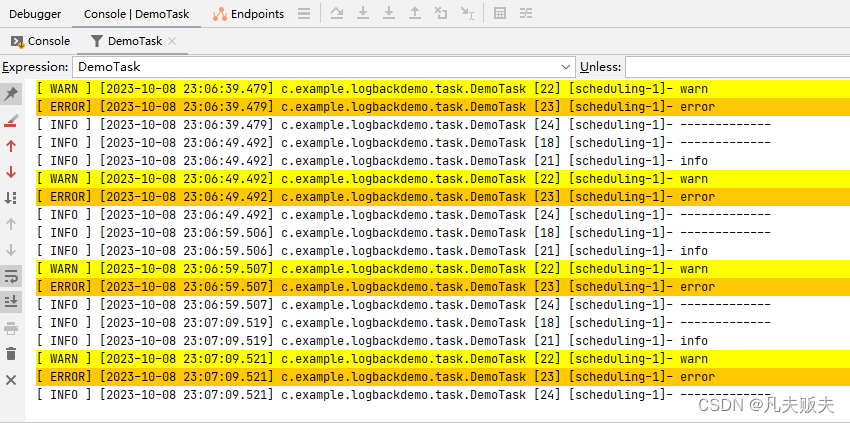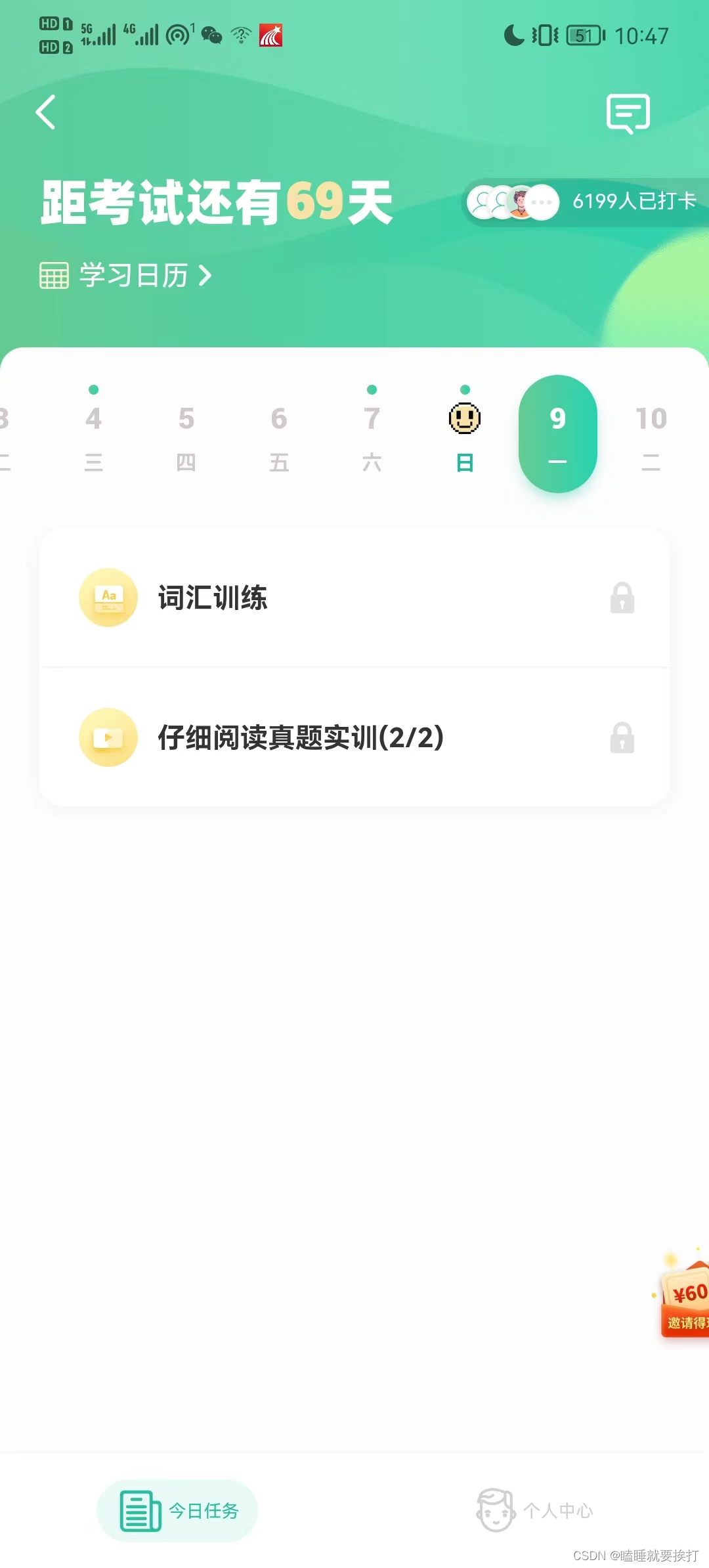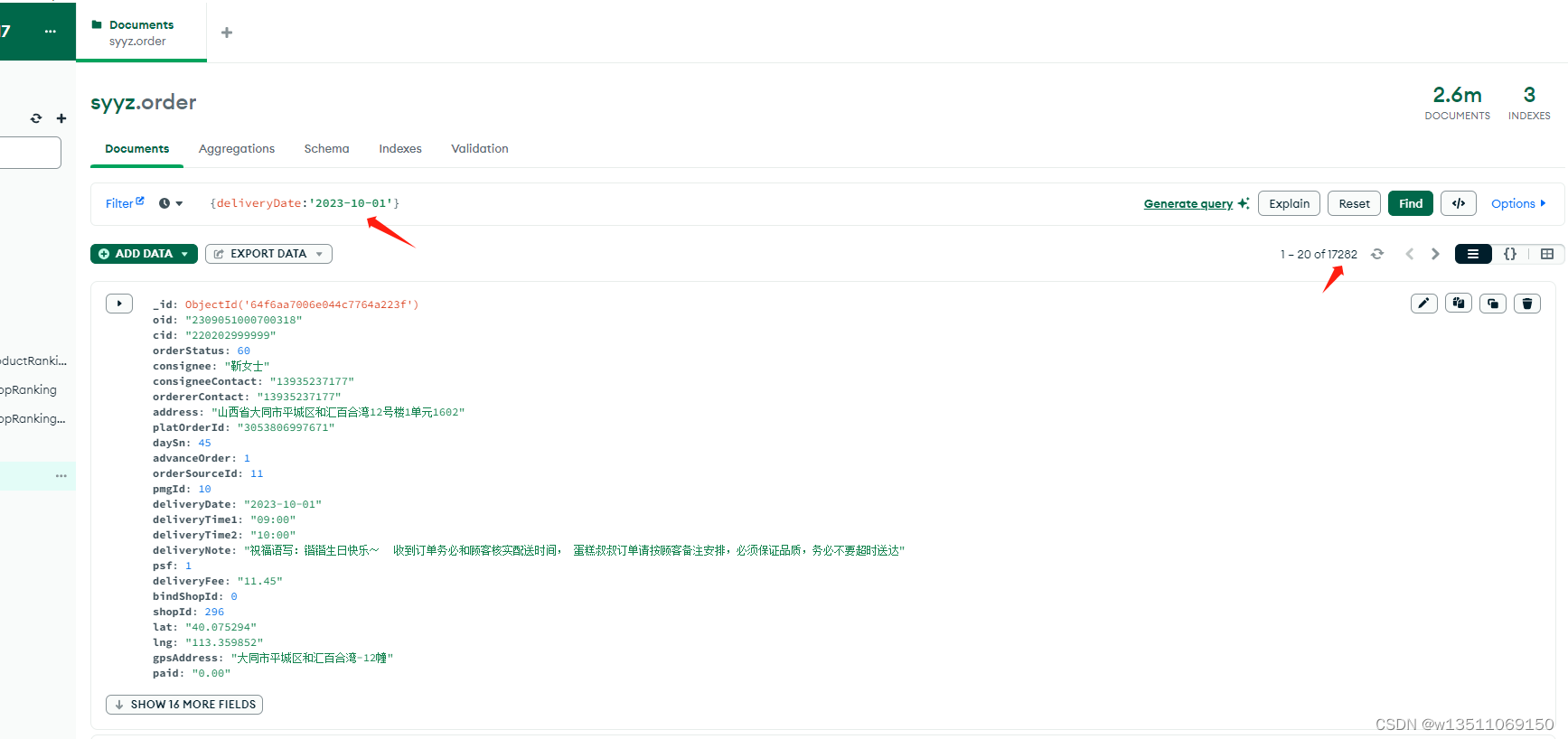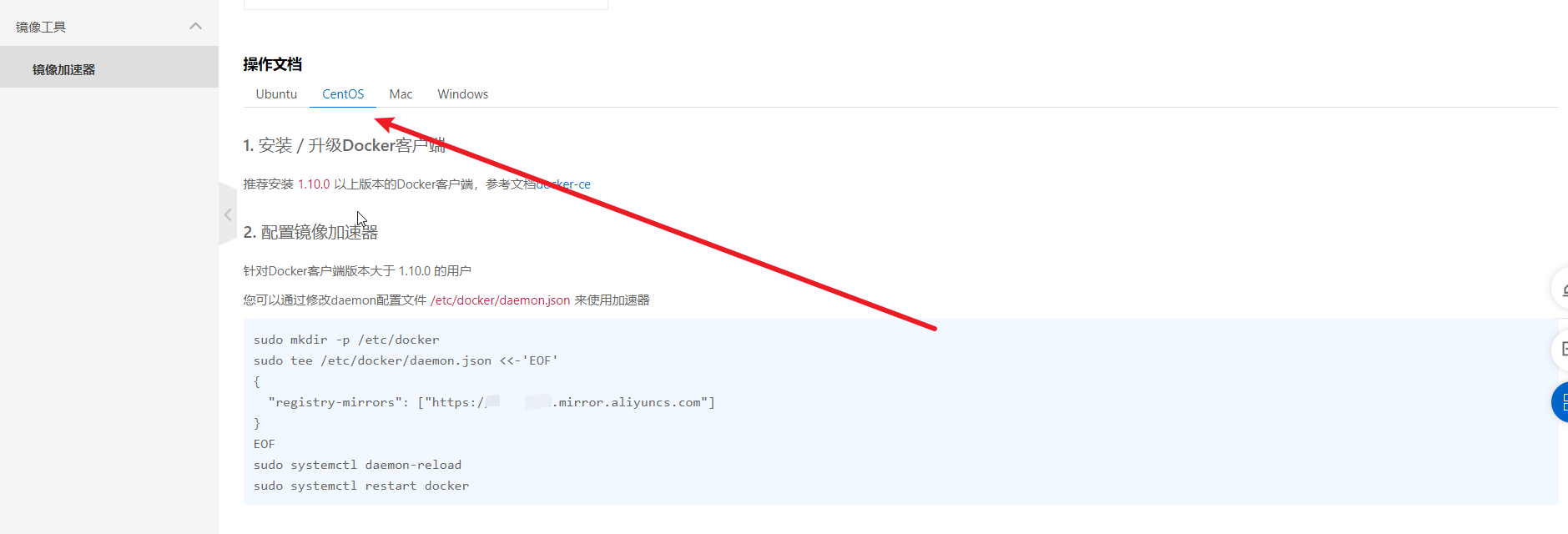目录
自定义注解的定义和作用范围 如何创建自定义注解
如何使用自定义注解进行数据验证
如何为字段添加注解
自定义注解可以作用在类、方法、属性、参数、异常、字段或其他注解上。
package hanshuhuan. test. anonotion ;
import java. lang. annotation. ElementType ;
import java. lang. annotation. Retention ;
import java. lang. annotation. RetentionPolicy ;
import java. lang. annotation. Target ;
@Target ( ElementType . FIELD )
@Retention ( RetentionPolicy . RUNTIME )
public @interface ValidateEntity {
public boolean required ( ) default false ;
public boolean requiredLeng ( ) default false ;
public boolean requiredMaxValue ( ) default false ;
public boolean requiredMinValue ( ) default false ;
public int maxLength ( ) default - 1 ;
public int minLength ( ) default - 1 ;
public long maxValue ( ) default - 1 ;
public long minValue ( ) default - 1 ;
public String errorRequiredMsg ( ) default "" ;
public String errorMinLengthMsg ( ) default "" ;
public String errorMaxLengthMsg ( ) default "" ;
public String errorMinValueMsg ( ) default "" ;
public String errorMaxValueMsg ( ) default "" ;
}
package hanshuhuan. test. util ;
import java. lang. reflect. Field ;
import hanshuhuan. test. anonotion. ValidateEntity ;
import hanshuhuan. test. bean. CodeMsg ;
public class ValidateEntityUtil {
public static CodeMsg validate ( Object object) {
Field [ ] declaredFields = object. getClass ( ) . getDeclaredFields ( ) ;
for ( Field field : declaredFields) {
ValidateEntity annotation = field. getAnnotation ( ValidateEntity . class ) ;
if ( annotation != null ) {
if ( annotation. required ( ) ) {
field. setAccessible ( true ) ;
try {
Object o = field. get ( object) ;
if ( o == null ) {
CodeMsg codeMsg = CodeMsg . VALIDATE_ENTITY_ERROR ;
codeMsg. setMsg ( annotation. errorRequiredMsg ( ) ) ;
return codeMsg;
}
if ( o instanceof String ) {
if ( annotation. requiredLeng ( ) ) {
if ( o. toString ( ) . length ( ) < annotation. minLength ( ) ) {
CodeMsg codeMsg = CodeMsg . VALIDATE_ENTITY_ERROR ;
codeMsg. setMsg ( annotation. errorMinLengthMsg ( ) ) ;
return codeMsg;
}
if ( o. toString ( ) . length ( ) > annotation. maxLength ( ) ) {
CodeMsg codeMsg = CodeMsg . VALIDATE_ENTITY_ERROR ;
codeMsg. setMsg ( annotation. errorMaxLengthMsg ( ) ) ;
return codeMsg;
}
}
}
if ( isNumberObject ( o) ) {
if ( annotation. requiredMinValue ( ) ) {
if ( Double . valueOf ( o. toString ( ) ) < annotation. minValue ( ) ) {
CodeMsg codeMsg = CodeMsg . VALIDATE_ENTITY_ERROR ;
codeMsg. setMsg ( annotation. errorMinValueMsg ( ) ) ;
return codeMsg;
}
}
if ( annotation. requiredMaxValue ( ) ) {
if ( Double . valueOf ( o. toString ( ) ) > annotation. maxValue ( ) ) {
CodeMsg codeMsg = CodeMsg . VALIDATE_ENTITY_ERROR ;
codeMsg. setMsg ( annotation. errorMaxValueMsg ( ) ) ;
return codeMsg;
}
}
}
} catch ( IllegalArgumentException e) {
e. printStackTrace ( ) ;
} catch ( IllegalAccessException e) {
e. printStackTrace ( ) ;
}
}
}
}
return CodeMsg . SUCCESS ;
}
public static boolean isNumberObject ( Object object) {
if ( object instanceof Integer ) return true ;
if ( object instanceof Long ) return true ;
if ( object instanceof Float ) return true ;
if ( object instanceof Double ) return true ;
return false ;
}
}
@RequestMapping ( value= "/login" , method= RequestMethod . POST )
@ResponseBody
public Result < Boolean > login ( User user, String cpacha) {
if ( user == null ) {
return Result . error ( CodeMsg . DATA_ERROR ) ;
}
CodeMsg validate = ValidateEntityUtil . validate ( user) ;
if ( validate. getCode ( ) != CodeMsg . SUCCESS . getCode ( ) ) {
return Result . error ( validate) ;
}
if ( StringUtils . isEmpty ( cpacha) ) {
return Result . error ( CodeMsg . CPACHA_EMPTY ) ;
}
log. info ( "ok" + user) ;
return Result . success ( true ) ;
}
@ValidateEntity ( required= true , requiredLeng= true , minLength= 4 , maxLength= 18 , errorRequiredMsg= "用户名不能为空!" , errorMinLengthMsg= "用户名长度需大于4!" , errorMaxLengthMsg= "用户名长度不能大于18!" )
@Column ( name= "username" , nullable= false , length= 18 )
private String username;
@ValidateEntity ( required= true , requiredLeng= true , minLength= 4 , maxLength= 32 , errorRequiredMsg= "密码不能为空!" , errorMinLengthMsg= "密码长度需大于4!" , errorMaxLengthMsg= "密码长度不能大于32!" )
@Column ( name= "password" , nullable= false , length= 32 )
private String password;

